SEARCH






|
|
|
|


by Editor Marius Cinteză
Published the 12th of November 2021
Emilie Derville is a talented Belgian fine art photographer, graphic designer and costume maker, whose portraiture compositions looking like paintings are strikingly impressive. Emilie finds inspiration in painting, literature and even Ridley Scott’s movies and time, sense of observation and the right accessories and costumes are her secret ingredients to create remarkable visual stories.
Let's follow Emilie through the interview below and discover more about the artist behind her outstanding work!
Emilie, first I would like to thank you so much for taking your time to answer my questions! To begin, please introduce yourself shortly and tell us more about you, your hobbies or other projects you are involved in!
I am a Belgian photographer, specialized in Fine Art portraits. After studying arts, I graduated from graphic design and then I developed a passion for creating corsets, costumes and accessories. I quickly realized that I could not make a living from them and I decided that from now on, I will only sew for my own photo projects. I have always practiced photography, but I started shooting with models in 2016 in my attic. Now I have my own studio. I realize a lot of personal projects that I exhibit and sell the prints of, but also I take a few orders for individuals and professionals. In my photos, the models are always costumed and play a specific role. I like working on my images to make them look like paintings; whether it is in the choice of my light, my compositions or the chosen themes and I sometimes include pieces of paintings from which I was inspired in my photos.
Let’s start from the beginning: when and how did you start your photographic journey?
Since childhood, for my tenth birthday my mother gave me a small film camera and I started by creating scenes in my room with my toys. Then, as soon as I had the chance, I took photographs traveling, on vacation, with friends at school. In 2005, during my graduate studies in computer graphics, I bought my first digital camera, a small Sony without interchangeable lenses which already offered very good image quality. In the process, I registered on Flickr and it was really from that moment that I became addicted to photography!
For many of us photography is either a hobby or a way of life. How would you define your relationship with photography?
I consider photography to be a way of life. I devote most of my free time to it and I literally need it to express myself and when I walk away from my studio a little too long, I don't feel good. Most of my activities are directly or indirectly related to photography; my training as a graphic designer allows me to retouch my images myself, the costumes and accessories that I create and collect to dress my models, the exhibitions that I visit and in which I participate inspire me. All these enrich and complete my photographic practice!
What do you think are the top three secret ingredients for your remarkable fine-art photographs looking like paintings?
* The sense of observation - you must first observe a lot of paintings to identify the essential elements to reproduce: the light, the tones, the poses, the expressions, the atmosphere and the symbols contained in a work.
* The time - even if I only spend an afternoon in the studio, the success of a project requires a lot of preparation and research time. Once the theme has been defined, it is necessary to find references and original sources of inspiration. You have to find the right model, the makeup artist, the assistant, sometimes a place, then I have to find the costumes and the accessories or make them myself, and finally, I have to create the set... After the shoot, I still have to spend many hours sorting, selecting and editing images. In the end, it is not uncommon for a year to elapse between the moment an idea emerges and its realization.
* The right accessories and costumes - I love costumes and most of my studio is occupied by rods and boxes full of clothes, hats, glasses, wigs... In addition to that, there is the haberdashery. Everything you need to create the characters. I buy a lot of second-hand clothes that I adapt according to needs and sometimes, it's a piece of clothing that gives me the idea of a shoot.
What would be the most important experience so far that has influenced your steps in photography?
The most important experience was when I was living in my previous accommodation. It was an old house and when I discovered the huge attic I knew immediately that it will become my first photo studio. It was there that I started working with models and developing more ambitious projects with sets. Strange coincidence, surreal photographer Marcel Lefranc lived in this house and I found one of his old field cameras in the attic shortly before I moved.
'Golden Peonies'
How do you manage to maintain and grow your passion for photography?
As I get bored quickly, I always wonder what will be the next idea, the next technique to experiment. Photography keeps my curiosity alive and vice versa. Observing and discovering the work of other photographers motivates me enormously and also pushes me to continue!
Emilie, can you please describe in a few words your photographer mission?
My mission is to create aesthetically pleasing images that don't appeal to everyone, but that make sense.
The mood and composition in your fine art portraits are outstanding! What is your secret and why are you so drawn by this photography type?
I started self-portraits for very practical reasons. I was just starting out, and I didn't have anyone who could pose for me, plus I didn't feel legitimate. Today, I still find a lot of advantages to taking a self-portrait, being more of a solitary nature, being able to manage everything on your own is particularly satisfying. I can shoot when I feel like it, for as long as I need and knowing exactly what I want. I would say the control is the secret.
What do you think that makes your portraiture works distinct? What are the main features of a successful portrait photographer in your opinion?
The fact that all of my models play a role and embody a character. Through these “masks” their personality is expressed differently, often in a more frank manner.
You often take self-portraits to build the amazing stories you want to convey to the viewers. What are the main challenges in this approach of yours?
The main challenges are to manage to transmit emotions and to feel a specific atmosphere. If in addition the viewer has questions or imagines a story while looking at my photos, this is a plus! This is what I look for when I observe a work of art. During a self-portrait session, the most difficult thing is to manage to do alone what I normally do in a team, it requires a lot of energy, you have to be in motion all the time and manage to forget the technical aspect to concentrate on the pose, the expression, etc. It is terribly frustrating when sometimes after 6 hours of shooting, I am not satisfied with any shot and I literally want to throw my camera out the window. On the other hand, when it works, it's magic! In this case I manage to surprise myself and it's terribly motivating!
Can you please tell us something more about your workflow for fine-art photography (from the idea to the final product)?
My ideas always come after a period of pause during which I don't think about the photo. I read, I go out, I go to exhibitions and it's as if the pieces of a puzzle came together little by little. When the idea is ripe, I have very precise flashes of what I want to achieve; I start by drawing them and studying the framing and the different plans needed. Then, I go to the research phase. I have a lot of books devoted to symbols which help me to give meaning to the elements present in my images. If that doesn't make sense, it's not necessary. I also collect visual documentation to establish the general atmosphere of the shoot. It is a valuable point of reference for all participants. After that comes the stage of casting. I am always looking for very expressive models, capable of playing a role and of timeless beauty. It is also at this moment that it is necessary to think of the costume, the accessories and the fittings. When the shoot comes, I need an atmosphere that combines concentration and relaxation. I put stress aside and I take advantage of the moment. I particularly appreciate when everyone gets involved and offers ideas during the shoot. We try and see if it works or not. I never sort the photos the same day, I let a few days pass to take a step back and have a fresh look at the project. Finally, I retouch the selected images using Lightroom and Photoshop, I publish them on social networks and sometimes I make prints that I sell and exhibit.

'Girl with a basket of fruits'
Where do you look to find inspiration for the visual stories you want to convey? What inspires you?
Anything that can stimulate my senses inspires me and even more so when it comes to my vision. My main source of inspiration is painting, from medieval painting through the Flemish primitives, romanticism and contemporary painting. I love the light of Caravaggio, Vermeer, the precision of the details of Jan Van Eyck, the atmospheres of Franz Von Stuck and Arnold Bocklin. Literature also feeds my imagination. I am a fan of fantasy novels, fairy tales and mythological tales. Right now I'm reading the fantastic short story anthology by Richard Mattheson and I already want to interpret some stories. Finally, I really like the sets and atmospheres of Ridley Scott's movies Legend and Blade Runner.
Many are of the opinion that the gear is not very important when the passion for photography is strong. However, can you please share with us what gear you use (camera, lenses, lighting, tripod, etc.)?
I shoot with a Canon 6DMKII, most often with the Sigma Art 35mm 1.4 or the Canon 50mm 1.4. Regarding the light, I shoot with Godox brand flashes. I use the X-pro trigger, an AD600Pro equipped most often with an octobox (from 80 to 150cm) and 2 Godox V1 on which I place different modelers according to my needs. My essential accessory is the Canon BR6 bluetooth remote control which allows you to focus remotely and which I use for all my self-portraits.
Emilie, what would be your favorite photo from the last few years? Please tell us the story behind it.
“Memento Mori” is a portrait taken from a triptych inspired by vanities. I realized this project in November 2019 in collaboration with Aubane, a model with whom I work regularly and who shares my passion for dark and strange subjects. I wanted to represent the beauty of the cycle of life and its effects on our body through three stages and three Latin expressions: life, death at work and death accomplished. This photo represents an aspect of life that we often avoid approaching, that disgusts and that we try to forget. Despite the visible effects of death, the young dead woman seems peaceful; stretched out under a cracked shroud, her faded skin bears cadaveric hues close to those of the flowers that surround her. The fly placed on the veil announces the transformations to come which will lead to the next stage. This triptych was exhibited in Brussels in February 2020, when we began to talk about the Covid-19 epidemic. I now have it as a reminder: you have to enjoy life without forgetting that one day it stops.
Who are your favorite photographers or mentors whose works have influenced you and your photography?
I would only mention David Lachapelle – he was exhibited in my city in 2018. I already knew his work, but discovering his huge prints and backstage videos made a deep impression on me. I admire his creativity, his productivity, his recognizable style and his use of symbols.
Now, since we have almost reached the end of this interview, I would kindly ask you to share with us your plans or photographic projects you would like to be involved in.
For 2022 I am preparing a duo exhibition with Pascal Mayeur - a plastic artist from Mons. It will be about religion, symbols and cults. I also plan to make life size prints of my photographs and experiment with prints on alternative media. On the longer term, I dream of one day acquiring a Phase One medium format camera! 😊
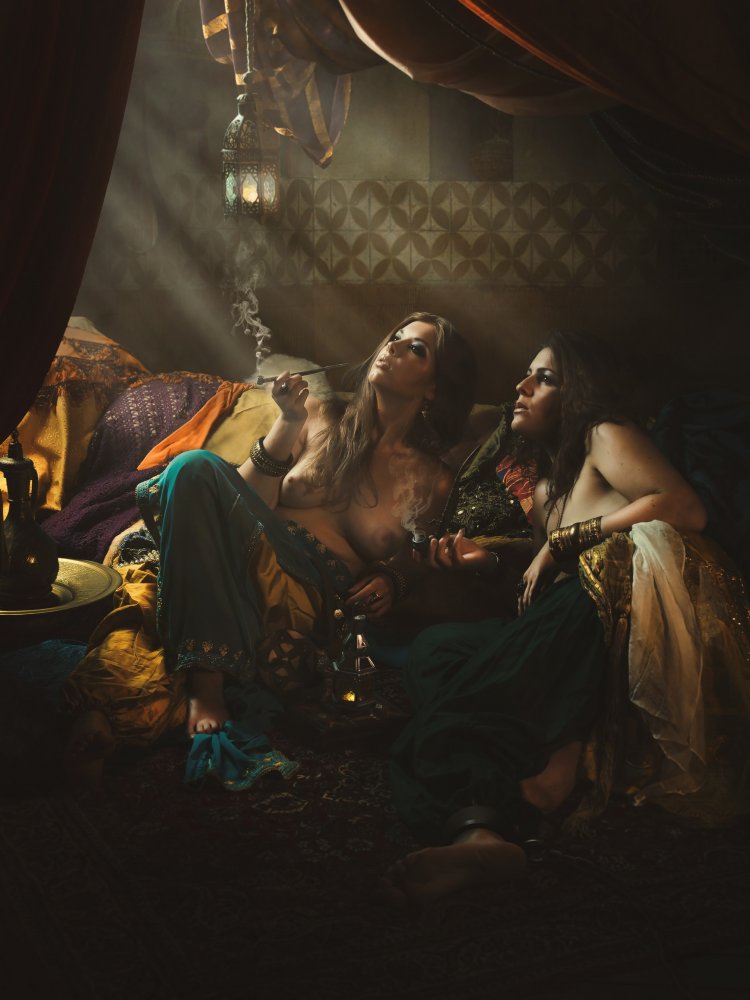
'Orientalism – Smoking odalisques'
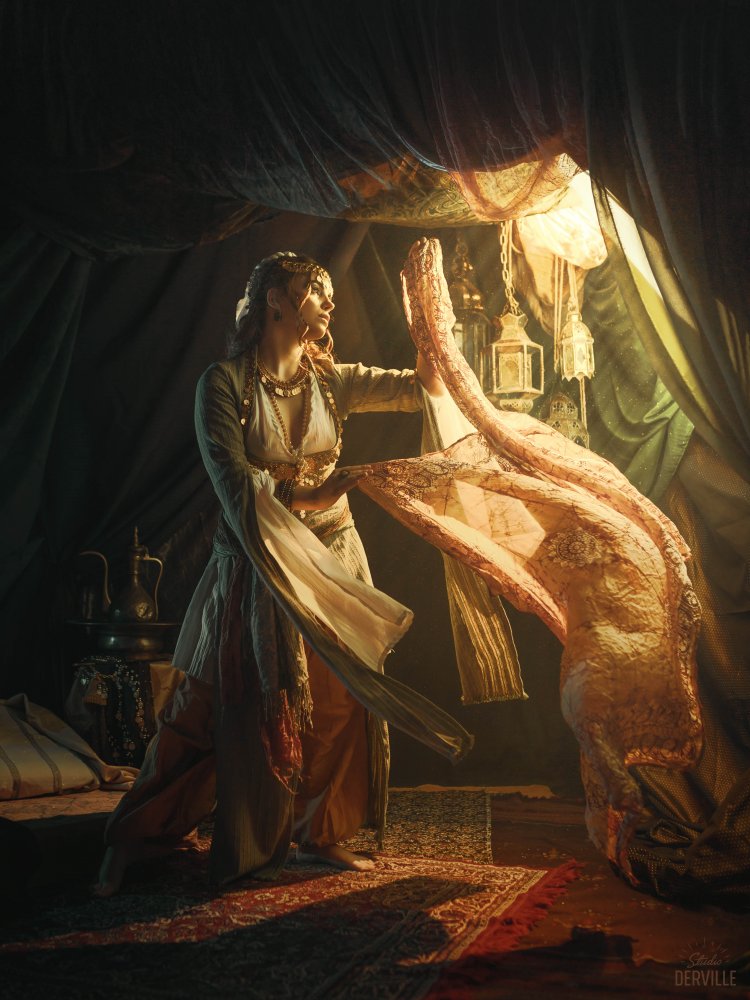
'Orientalism - The veil of the Ghawazee'
 | Write |
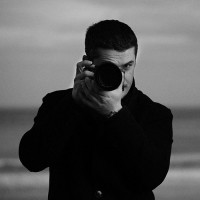 | Marcel Cristocea Excellent work! Good article! |
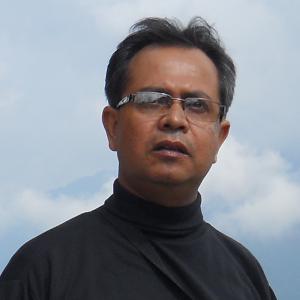 | Shaibal Nandi PRO Excellent work |
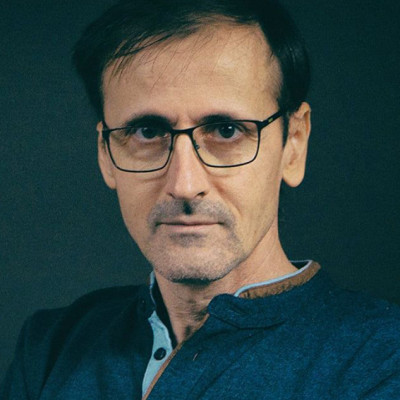 | Mihai Bogdan R Great images! |
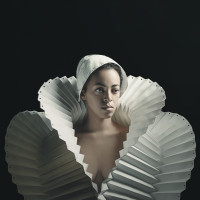 | Emilie Derville Thanks! |
 | Miro Susta CREW Beautiful photos, very interesting interview, many thanks Emilie and Marius. |
 | Emilie Derville Thank you Miro :) |
 | Marius Cinteza CREW Thank you so much, Miro!! |
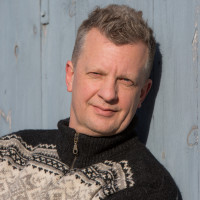 | The Jar - Geir Jartveit PRO I love your
photos Emilie... great art! Thanks for ideas my mind in my style. Thank you for the fantastic article and photography. |
 | Emilie Derville Thanks! :) |
 | Marius Cinteza CREW Many thanks, Geir!! |
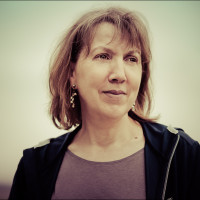 | Susanne Jung PRO I love your photos! This is great art!
Thanks for this interesting interview!
|
 | Emilie Derville Thank you Susanne! |
 | Marius Cinteza CREW Many thanks, Susanne, for your kind words! |
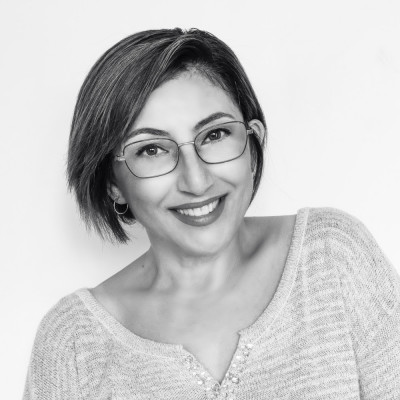 | Emel Sefer PRO Great photos that require great effort, heartily congratulations. |
 | Emilie Derville Thanks a lot Emel! :) |
 | Emilie Derville Marius, Yvette, thank you very much for this interview and this publication on 1X.COM! I am really proud that my work is shared within such a qualitative photographic community :) |
 | Marius Cinteza CREW Emilie, I thank you! :-) |
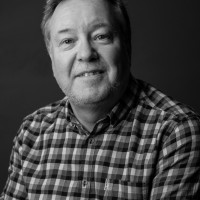 | Colin Dixon CREW Inspirational. Thank you for the fantastic article and photography. |
 | Yvette Depaepe CREW Thank you for your neverlasting appreciation, dear Colin ! |
 | Marius Cinteza CREW Thank you, Colin!! |